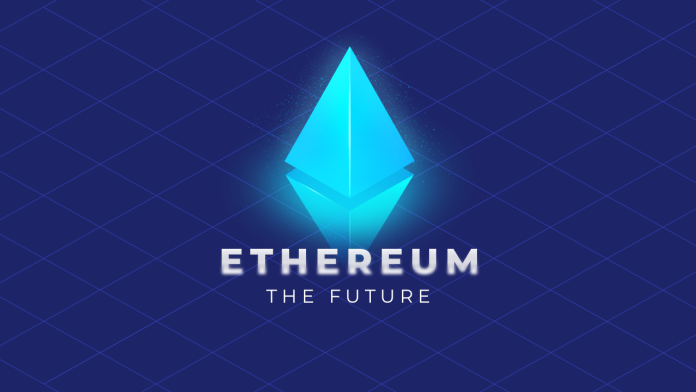When Vitalik Buterin, co-founder of Ethereum, shared a new roadmap of changes that he and his community planned for, it quickly became a hot topic in the blockchain ecosystem.
But why is this roadmap so important? And what does this mean for users and investors of Ethereum?
Why does Ethereum need this upgrade?
Ethereum is the second most valuable cryptocurrency after Bitcoin. Its price grew by 407% in 2021 compared to 60% for Bitcoin. The number of new users also increased by 40% in the same period. This level of growth means that Ethereum has to scale up in size to accommodate the increasing level of traffic and data.
What is getting changed?
The roadmap has five groups of changes that are being worked on simultaneously. The overarching goal of this roadmap is to simplify the internal functioning of the blockchain to make it easy for new nodes (computers connected to the Ethereum network) to join the network. As more and more nodes join the network, the network scales up and becomes more robust.
The first group of changes is called The Merge. This group is about changing the consensus model of the base layer from the current Proof of Work(PoW) to the new Proof of Stake(PoS) model.
The new PoS model provides several improvements over PoW:
- PoS is around 2000 times more energy-efficient than PoW. In other words, PoS uses 99.95% less energy than PoW.
- It reduces the hardware requirements for nodes since there is no need for mining anymore which is a very resource-hungry operation.
- More nodes will be able to connect to the network, which improves the decentralization of the blockchain.
The second group is called The Surge. The Surge further improves decentralization by sharding. Sharding is a technical term that means making many small copies of the blockchain. So instead of having one massive blockchain, there will now be sixty-four small but interconnected blockchains.
Sharding will result in several improvements.
- The overall throughput (transactions per second) of the blockchain will increase.
- It reduces the complexity of running a node allowing it to run on a personal laptop or a mobile device.
- It will also improve the throughput of layer-2 protocols (protocols that run on top of layer-1 protocols like Ethereum). For example, Ethereum today can do 15-20 transactions per second. Layer 2 can do around 4000, and with sharding, this could grow up to a massive 100,000 transactions per second.
- Drive down the fee per transaction and make the blockchain more secure.
The third group is called The Verge. This area deals with the problem of the growing state of the Ethereum blockchain. The state is the data that a node must store to process new transactions on the blockchain. As more and more users use the blockchain, the size of this state increases, making it difficult for new nodes to become part of the network.
The Verge will address this problem by introducing a stateless client. A stateless client is different from a regular client as it does not require the state of the blockchain to function, which will make the nodes independent of the state.
The fourth group is called The Purge. It is similar to The Verge but aims at reducing the historical data on the blockchain. ‘History of the chain’ is different from the ‘state of the chain’ as it contains information about past events. With this change, Ethereum clients would not need to keep data older than one year.
The other aspect of The Purge is to simplify the protocol by removing unneeded pieces of code, making it easier to run a node.
Purge will result in several benefits.
- It will further reduce the hardware requirements for running a node.
- It will reduce bandwidth requirements for a node as clients only need to sync little data amongst themselves, making them faster.
- It will simplify the process of creating a node.
The fifth and final group is The Splurge, which brings together several nice-to-have changes. With PBS (Proposer-builder separation) and ZK-Snark everything, this group builds on the idea of simplifying the node even further.
What does this mean for Ethereum?
This roadmap has been part of the Ethereum community since 2014 and has gone through multiple changes incorporating new research and techniques.
In an interview on Bankless, Vitalik said that this roadmap is necessary for “Ethereum to not only survive but also thrive.” However, it is yet to be seen if this will happen as these changes are currently under development, although he is confident that The Merge will be ready in Q2 of this year.
There is no doubt that the level of interest in Ethereum is still growing but is also seeing competition from alternate protocols like Solana and Avalanche. As market dominance starts to slip for Ethereum, it would appear that the sooner these changes come to fruition, the better it would be for Ethereum and the ecosystem at large.






